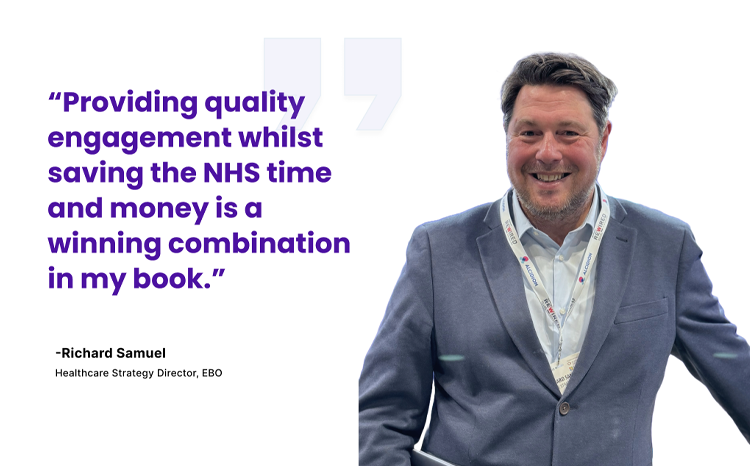Evidence developed for IT investment
- 14 March 2014

NHS England is working with McKinsey to develop an evidence base for the NHS to invest in technology.
The economic analysis will support the release of NHS England’s Transparency and Participation Call to Action, which is due out in the summer.
NHS England director of intelligence and strategy Christine Outram presented on the project with representatives from McKinsey at the Health and Care Innovation Expo in Manchester last week.
Outram said the Cabinet Office, Treasury and individual trusts “need persuading that it’s worth investing in empowering patients and the power of technology”.
The economic analysis aims to show them what they will get back from their investment and what a new digitally enabled NHS could look like. This will help trusts determine their priorities for investment.
She said the call to action is about empowering patients to take more control of their health care and key to this is the availability of joined up, real time information as well as the technology to generate sufficient service delivery.
The NHS is facing a £30 billion funding gap by 2021 and the work being done by McKinsey aims to estimate the opportunity to bridge some of that gap.
It will assess the benefits of things like providing appointment booking online , doing e-consultations and sharing information to improve patient care. Also, the potential benefits of increasing data transparency.
“The reason health care outgrows the economy in all countries is nothing to do with ageing, but ever higher expectations,” said Outram.
“More than half of the increase is because of higher expectations, which has to do with behaviours so we’re looking into how digital can change these behaviours and expectations. There’s no way the NHS can save this money without transforming the system.”
The team is about half-way through the 12-week project.
McKinsey associate principal Stephen Moran said at the expo that the analysis will look at both the supply and demand levers available and will include a critical assessment of the strength of the evidence for investing in IT and the limitations of the technologies.
It will look at demand management tools such as risk stratification of the population and how to prevent people being hospitalised, as well as how to keep healthy people healthy and the shift towards more care in the community.
Outram said the NHS has previously focused on the supply side of health care, because demand was seen as “out of our control”.
However, the technology revolution going on in the public space can change that situation.
“A key question for the NHS and public service is how do you capitalise on the revolution going on in order to maximise the benefits that are to be had?” she added.
Sundiatu Dixon-Fyle, from McKinsey, said 70% of health care spend is driven by lifestyle-related choices that patients make.
“We are very optimistic about the size of the potential, we think it’s huge. But how do you capture that huge opportunity. Picking very selective things to do out of a long list, that will be key for the NHS to act on,” she said.




